Add a touch of effortless luxury and warmth to any space with the Venus collection of large-format porcelain tiles from Kaolin Tiles.

September 7th, 2022
Adding natural and neutral elements continues to be an effective method of elevating the aesthetics of a building’s interiors. Materials like stone-look porcelain tile can help make interiors feel connected to the outside world, while neutral tones can boost the overall versatility of the space either as a subtle backdrop to louder accent pieces or by adding depth and warmth.
Providing a compelling option for those searching for warm neutral stone tones to complete a high-end look, Kaolin Tiles have added to their unique range of premium stone-like tiles with the Venus collection from their Planet Stone range.

An elegant replicate that subtly displays the physical and chemical structural characteristics found in stone, Venus is particularly suitable for the Australian market. Its delicate cream hues make it the perfect complement to Australia’s warm weather and coastal aesthetics, while its soft tones and matte finish give it a functional advantage in creating a fashionable neutral look or in companionship with something luxurious.
All Kaolin tiles are designed and engineered to perfection, and are the flattest tiles available. They are so accurately made that there is no more than a 0.3mm variation between any two tiles. Kaolin tiles also feature a true 90-degree edge, whereas most manufacturers put a slight bevel on the edge of their tiles.

By exceeding industry best specifications and standards, Kaolin is able to offer a product so exact that grout joints as small as 0.5mm can be used. They have eliminated water expansion issues in their tiles so grout joints can be virtually invisible. This feature, combined with the large-format of the tiles themselves (750x1500mm), results in less seams throughout the floor or wall installation, making the overall look of the interior flawless.
An extraordinary amount of thought and design went into creating such beautiful tiles, including how they can contribute to a sustainable future. Kaolin has achieved Level-A GreenRate certification from Global GreenTag across their range of 750+ products, which can be used for assessment by the Green Building Council of Australia. It is the most comprehensive green certificate in the porcelain tiles industry – by choosing Kaolin products you should get the maximum score under the GreenStar rating system.

In addition, the durability of Kaolin tiles is incomparable making them maintenance free and guaranteed to last.
Kaolin’s showroom is based in Alexandria, Sydney. To view the Venus collection, contact them here to book a consultation or visit their website here.
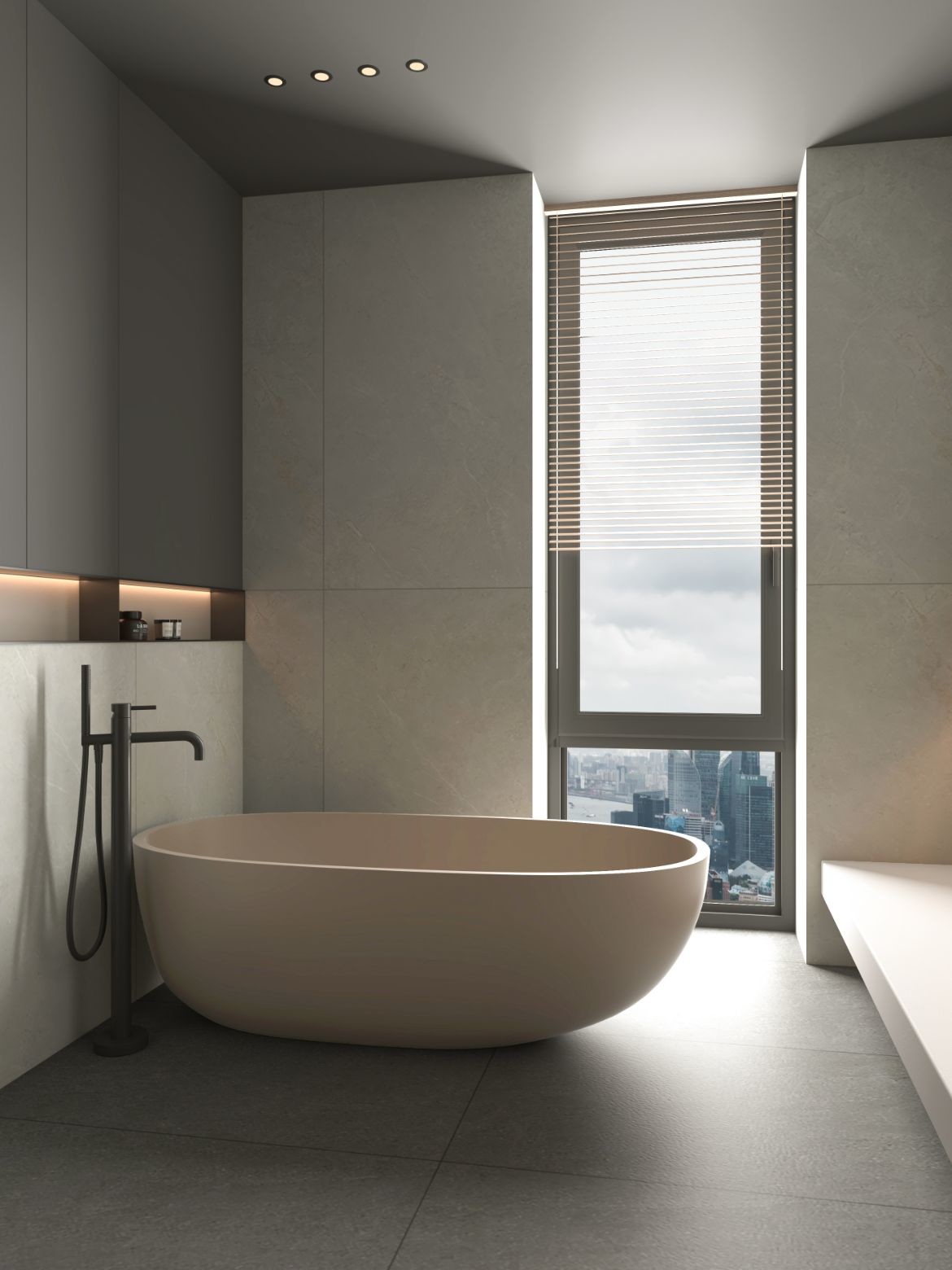
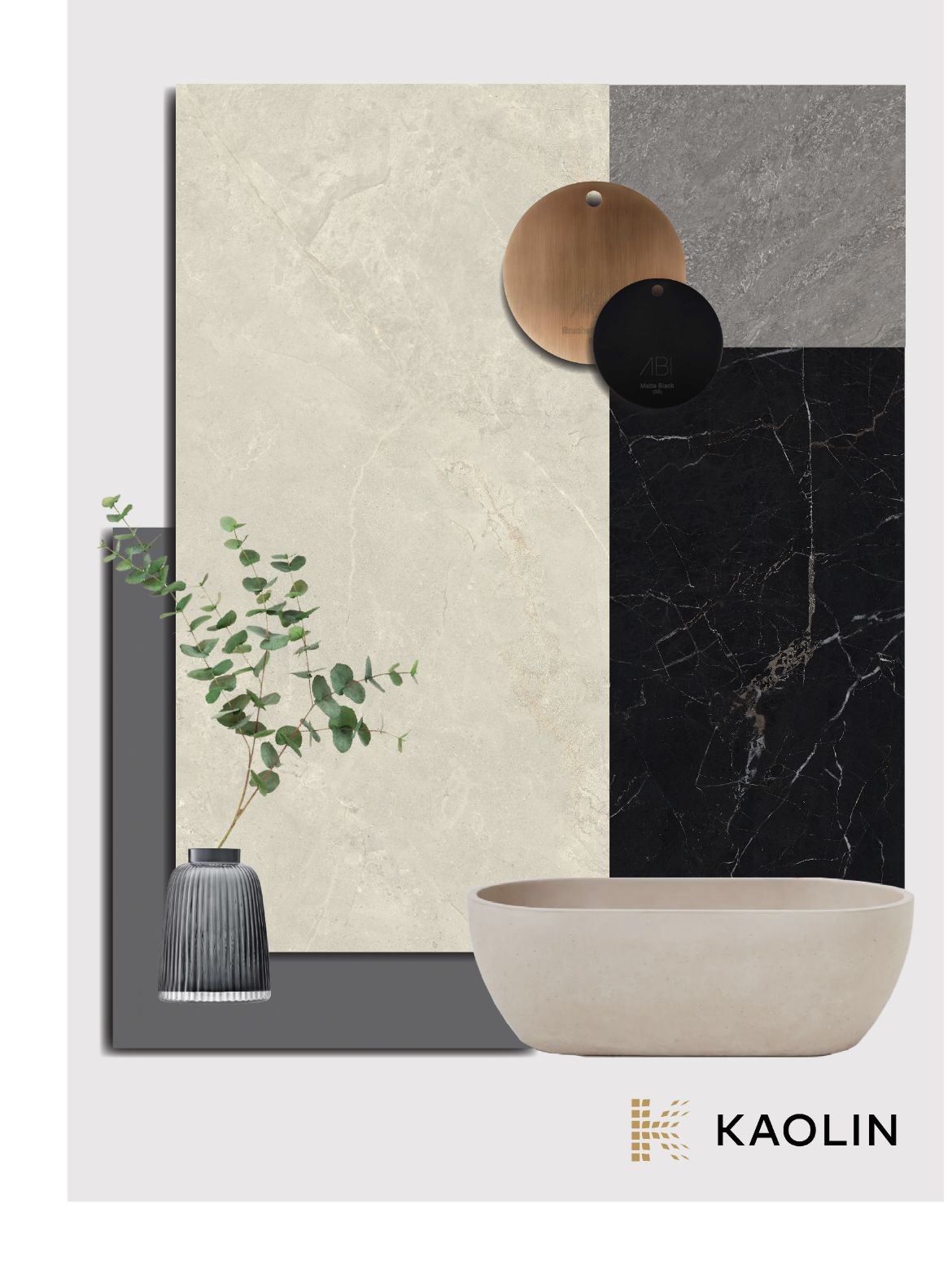
INDESIGN is on instagram
Follow @indesignlive
A searchable and comprehensive guide for specifying leading products and their suppliers
Keep up to date with the latest and greatest from our industry BFF's!
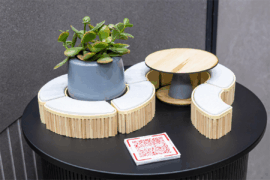
From the spark of an idea on the page to the launch of new pieces in a showroom is a journey every aspiring industrial and furnishing designer imagines making.

London-based design duo Raw Edges have joined forces with Established & Sons and Tongue & Groove to introduce Wall to Wall – a hand-stained, “living collection” that transforms parquet flooring into a canvas of colour, pattern, and possibility.
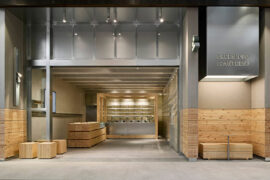
Hecker Guthrie brings a natural, material-led design to Green Cup’s new Chadstone store, pairing pine, steel and glass with a grab-and-go layout inspired by the brand’s fresh, organic ethos.

With the opening of the 2026 INDE.Awards program, now is the time to assess your projects, ensure photography is at hand and begin your submissions.

Merging two hotel identities in one landmark development, Hotel Indigo and Holiday Inn Little Collins capture the spirit of Melbourne through Buchan’s narrative-driven design – elevated by GROHE’s signature craftsmanship.
The internet never sleeps! Here's the stuff you might have missed
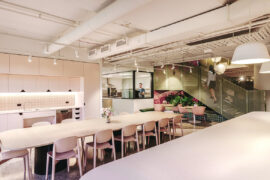
Gray Puksand’s adaptive reuse of former Melbourne office into Hester Hornbrook Academy’s new City Campus shows how architecture can support wellbeing, connection and community.
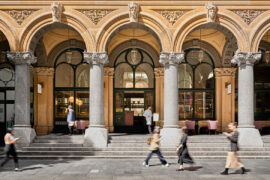
Luchetti Krelle’s timeless design at Epula marries heritage grandeur with classic sophistication, celebrating the spirit of a European piazza whilst remaining unmistakably of its place.